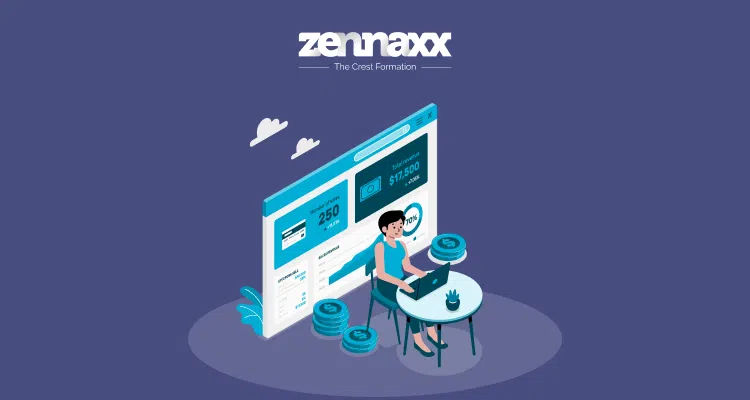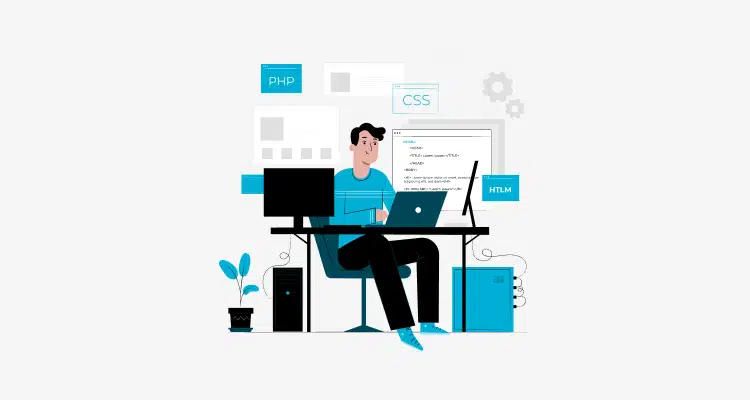So estimation becomes essential, especially if you want to leverage the billion-dollar app market. The total revenue for the app market is growing at a CAGR of 8.83% and is expected to reach $673.80 billion by 2027.
This article helps you with templates for app development cost estimation factors contributing to total app development expenses.
Statistics
- Global mobile app market is projected to reach $756 billion by 2027.
- Application Development Software segment is expected to reach $218.80 billion by 2027.
- Average smartphone user uses 10 apps per day and 30 apps per month.
- 70% of all US digital media time is spent on mobile apps.
- 21% of Millennials open an app 50+ times per day.
- Apple App Store has 1.96 million apps available.
- Google Play Store has 2.87 million apps available.

How much does it cost to create an app?
Depending on different factors, and region app development costs can range between $20,000 to $250,000 and beyond.
[Design Hours + Development Time + Infrastructure Used ] * Developer’s Hourly Rates
Best Templates for Estimating App Development Costs
Get Your SOW Right!

A project scope outlines the development process for your application. It includes project timelines, deliverables, milestones, and reports.
It includes a list of activities, dependencies, priorities, and duration. Now, it’s time to place the data into a template and estimate the cost.
Template 1: Top-Down Software Development Cost Estimation Template.

Add specific roles for your SDLC at each stage to the list and calculate their average hourly rates.
Template 2- Button-Up Software Development
Template 3- Best, Worst, and Realistic(BWR) Template
App Development Costs: A Breakdown
Step 1- Initial Development Costs
Step 2- Ongoing Maintenance And Updates
Another critical aspect of the breakdown is the cost of maintenance and updates.
The application development process is not limited to the launch of the product. It is a continuous process where you have to work on each update and maintain performance.
Step 3- Additional Costs That Aren't Always Considered
For example, you invest in a tech stack to develop an application, but the same tech needs to be updated after a few years.
So, upgrade and migration costs may not be considered initially while planning. Similarly, many practical costs may not be considered initially but eventually need to be paid.
7 Factors That Influence App Development Costs
These factors include app complexity, development methods, and deployment platforms.
App Development Method
- Either you develop an application from scratch in a conventional approach
- You can also use a drag-and-drop platform to develop an app.
You can leverage different software development models, such as agile, waterfall, and others, for a traditional approach.
On the contrary, no-code or low-code platforms help you avoid the hassles of hiring development teams and creating an app from scratch.
Conventional Mobile App Development Approach
Based on the wireframes, developers build code and integrate backend systems. A team of testers, QA, and developers conducts in-depth testing to ensure app functionality.
- Labor costs due to coding complexity
- Longer time-to-market
- Custom feature development costs
- Scalability costs
No Code Platforms
These platforms offer tools and features that enable developers with more technical knowledge to develop applications.
Low-Code Platforms
However, like no-code platforms, customization is a significant challenge for low-code development.
Pro Tip: Comparing all three development methods, you will discover that no-code and low-code approaches are cost-effective.

Custom App Cost by Its Complexity
1. Complexity and Scope of the App
2. Industry-Specific Requirements
For example, if you are building a healthcare app, you must ensure compliance with protocols like HIPAA or GDPR.
Similarly, you need to consider the cost of developing systems according to domain-specific needs. This can include the cost of procuring machines, designing processes, and more.
3. Licensing and Third-Party Integrations
4. Backend Infrastructure
The cost of high-end computing power and storage with cloud services can be higher. So, you need to ensure you add these costs while planning the app development budget.
5. Security and Data Protection
Platform-Based App Development Costs
For example if you are developing a native app for iOS, it’s cost will be different from Android application.
iOS Development Costs
Apple has stringent quality guidelines for its platform, so developing an app for the iOS platform can be more expensive due to high quality and security requirements.
Android App Cost
Android app development must cater to a broader range of devices with varying screen sizes, resolutions, and hardware.
Again, Google has its own set of guidelines for developers to follow if they want to publish an application on the Play Store.
Cross-Platform
Cross-platform development involves creating apps that run on both iOS and Android using frameworks like React Native or Flutter.
The cost for cross-platform apps generally falls between $40,000 and $150,000, offering savings compared to developing separate native apps for each platform.
Mobile Devices Supported
Ensuring compatibility of your application across devices can be costly. Take the latest flip smartphones from Samsung.
Developing such capabilities can cost you higher because you need to have specialized team work on the responsive design.
Are you planning app development?
Contact us today for expert guidance and support to bring your project to life. Our dedicated team is here to assist you every step of the way!
Type of Teams You Hire!
For example you can either choose an in-house development team or outsource the entire development.
If you hire an in-house team there will be cost related to recruitments, perks, bonuses, insurance and more.
Development Team Size and Location
Pricing Models
- Fixed Price Model- In this model the budget and scope of the project is fixed with an agreed timeline for delivery. Everything from development approach, total team members and other aspects of development is fixed.
- Hourly/Monthly Pricing- You can hire developers and other team members individually on an hourly, monthly, or annual basis. The best part is the flexibility of hiring talent as and when required.
- Dedicated Team- You pay for an entire team without the hassle of recruiting each member and looking after their remunerations. The entire team management, project delivery and performance maintenance is on the app development company.
However if your estimation exceeds the pre-planned budget, you can follow specific best practices to optimize costs.
How Can You Reduce Your Mobile App Development Costs?
Creating a mobile app can be a significant investment, but there are several strategies to help reduce your costs without sacrificing quality. Here are some key areas to focus on:
1. Prioritize Features Early On
Often, an MVP approach can be very cost-effective, allowing you to launch a functional version of your app and gather user feedback before investing in additional features.
2. Involve Quality Assurance Early On
Quality Assurance (QA) should not be an afterthought. Involving QA during the initial stages of your project helps detect issues early, reducing the cost of fixing bugs later.
Want to Automate Your Business Process With a Software Solution?
Zennaxx, a leading software development firm in Canada, has delivered 700+ bespoke solutions spanning various industries.
3. Plan for the Future
Opting for scalable solutions initially makes future expansions smoother and more cost-efficient.
4. Cross-Platform (or Hybrid or Multi-Platform)
Developing cross-platform apps can be more economical than creating separate versions for iOS and Android.
Technologies like React Native or Native allow you to build apps that work on multiple platforms from a single codebase, reducing development time and costs.
5. Mobile Devices Supported
Conclusion
This is where an experienced app development company like Zennaxx can help. Get an estimate of your app development project now without any hassle.


